Home>Gardening & Outdoor>Plant Care & Gardening Tips>How To Turn Grass Into A Wildflower Meadow
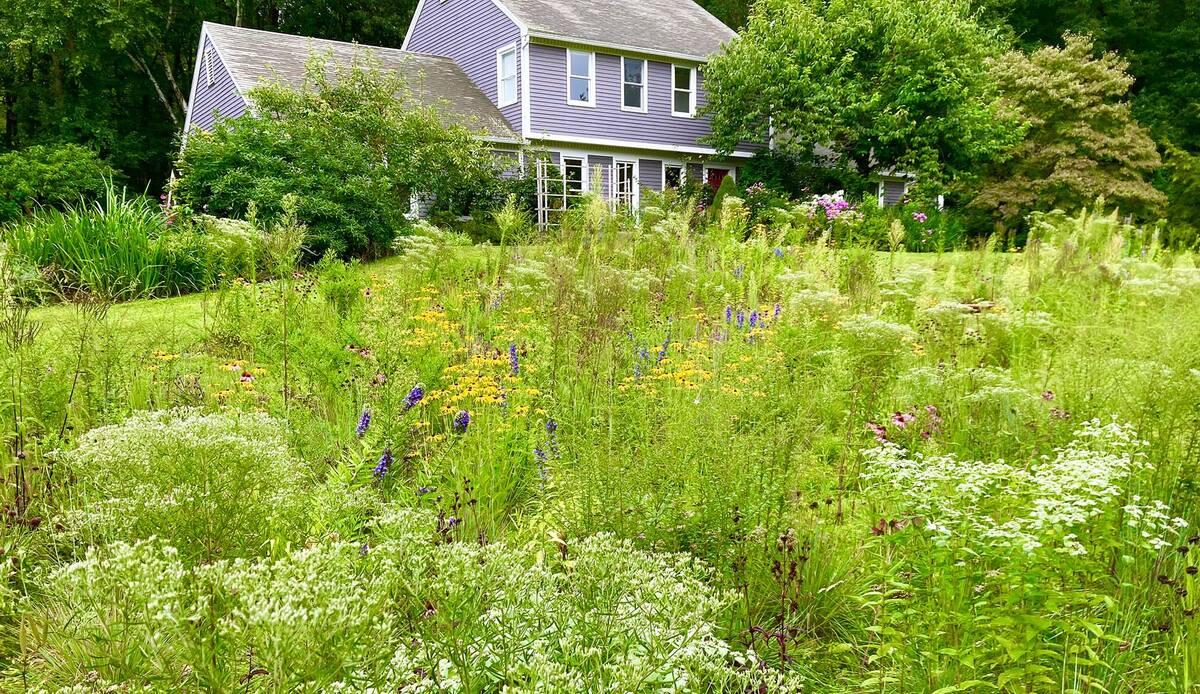

Plant Care & Gardening Tips
How To Turn Grass Into A Wildflower Meadow
Published: December 24, 2023
Learn expert plant care and gardening tips to transform your grassy lawn into a vibrant wildflower meadow. Enhance your outdoor space with our step-by-step guide. Discover the secrets to creating a stunning wildflower garden today!
(Many of the links in this article redirect to a specific reviewed product. Your purchase of these products through affiliate links helps to generate commission for Storables.com, at no extra cost. Learn more)
Introduction
Read more: How To Maintain A Wildflower Meadow
Introduction
Transforming a traditional grassy lawn into a vibrant wildflower meadow can significantly enhance the beauty of your outdoor space while providing essential support for local pollinators and wildlife. Unlike a manicured lawn, a wildflower meadow offers a more natural and ecologically diverse landscape, bursting with colorful blossoms and bustling with life.
In this comprehensive guide, we will explore the step-by-step process of turning your ordinary grassy lawn into a mesmerizing wildflower haven. From preparing the soil to selecting the perfect wildflower seeds and nurturing your meadow to full bloom, you will learn the essential techniques to create and maintain this enchanting natural habitat.
So, roll up your sleeves and get ready to embark on a rewarding journey that will not only elevate the visual appeal of your garden but also contribute to the conservation of local flora and fauna. Let's dive into the fascinating world of wildflowers and discover how to transform your outdoor space into a captivating wildflower meadow.
Key Takeaways:
- Transform your lawn into a vibrant wildflower meadow by preparing the soil, selecting the right seeds, and nurturing the growth. Enjoy the beauty and support local wildlife with sustainable landscaping practices.
- Embrace the enchanting beauty of your wildflower meadow by relaxing amidst the blossoms, observing wildlife, and sharing the captivating ecosystem with others. Your efforts contribute to biodiversity conservation.
Step 1: Preparing the Soil
Before embarking on the transformation of your lawn into a wildflower meadow, it’s crucial to prepare the soil to provide an optimal environment for the wildflower seeds to take root and thrive. Follow these essential steps to ensure that your wildflowers have the best possible start:
- Assess the Existing Lawn: Begin by evaluating the current condition of your lawn. If the grass is particularly vigorous or dense, consider mowing it down to a shorter height. This will allow more sunlight to reach the soil, promoting better germination of the wildflower seeds.
- Soil Testing: Conduct a soil test to determine its pH level and nutrient content. Most wildflowers thrive in well-drained, slightly acidic soil. If necessary, amend the soil by adding organic matter such as compost to improve its texture and fertility.
- Remove Weeds: Prior to sowing the wildflower seeds, eliminate any existing weeds from the area. This can be achieved by hand-pulling or using natural weed control methods. It’s essential to create a weed-free environment to prevent competition for resources once the wildflowers begin to grow.
- Aerate the Soil: Aerating the soil helps improve its structure and allows for better air and water penetration. Utilize a garden fork or a mechanical aerator to perforate the soil, promoting healthier root development for the wildflowers.
- Clear Debris: Remove any debris, rocks, or large clumps of grass from the area. This will create a clean and uniform surface for sowing the wildflower seeds, preventing potential obstructions to their growth.
By diligently preparing the soil, you establish a favorable foundation for your wildflower meadow, setting the stage for the successful establishment of diverse and vibrant wildflowers. With the groundwork laid, you are now ready to move on to the next crucial step: selecting the right wildflower seeds for your meadow.
Step 2: Selecting the Right Wildflower Seeds
Choosing the appropriate wildflower seeds is a pivotal aspect of creating a thriving and visually captivating meadow. The selection process involves considering factors such as local climate, soil type, and the desired aesthetic of the meadow. Here’s how to go about selecting the perfect wildflower seeds for your meadow:
- Native Species: Prioritize native wildflower species that are indigenous to your region. Native plants are well-adapted to the local climate and soil conditions, making them more likely to flourish and provide essential sustenance for local pollinators and wildlife.
- Wildflower Mixtures: Consider using a pre-mixed wildflower seed blend that contains a diverse array of species. These mixtures often include flowers that bloom at different times, ensuring a prolonged flowering period and a visually dynamic meadow throughout the seasons.
- Soil Compatibility: Take into account the soil type and drainage characteristics of your site. Some wildflowers thrive in well-drained, sandy soils, while others prefer moister, loamy soils. Select seeds that align with the specific soil conditions of your meadow area.
- Sunlight Requirements: Assess the amount of sunlight the meadow area receives throughout the day. Choose wildflower species that are suited to the light conditions of your site, whether it’s full sun, partial shade, or full shade.
- Aesthetic Considerations: Determine the visual style you wish to achieve with your wildflower meadow. Whether you prefer a riot of bold, vibrant colors or a more subtle, delicate palette, there are wildflower seed mixtures tailored to various aesthetic preferences.
By thoughtfully selecting the right combination of wildflower seeds, you can curate a diverse and visually stunning meadow that not only enhances the natural beauty of your garden but also provides a vital habitat for local wildlife and beneficial insects. With the seeds in hand, the next step is to sow them and bring your wildflower meadow to life.
Step 3: Sowing the Seeds
Now that you have meticulously prepared the soil and carefully selected the perfect wildflower seeds, it’s time to sow them and kickstart the transformation of your lawn into a breathtaking wildflower meadow. Follow these essential steps to ensure successful seed sowing and establishment:
- Timing: Choose the most suitable time for sowing the wildflower seeds, which is typically in early spring or late autumn. Ensure that the soil is neither excessively wet nor dry during the sowing process, as optimal moisture levels are crucial for seed germination.
- Seed Distribution: To achieve an even distribution of seeds, consider mixing them with a small amount of dry sand or vermiculite. This facilitates uniform coverage and prevents clumping, resulting in a more balanced and harmonious meadow.
- Raking and Pressing: Gently rake the soil to a depth of about 1/4 inch to 1/2 inch to cover the seeds lightly. Then, lightly press or roll the seeded area to ensure good seed-to-soil contact, which is essential for successful germination.
- Watering: After sowing, water the area gently to settle the seeds into the soil. Use a fine mist setting or a gentle spray to avoid dislodging the seeds. Maintain consistent soil moisture, ensuring that the seeded area remains damp but not waterlogged during the germination period.
- Protection from Birds: To prevent birds from feasting on the freshly sown seeds, consider covering the area with a thin layer of protective netting or using bird deterrents until the seeds have germinated and established.
By following these steps, you provide the optimal conditions for the wildflower seeds to germinate and begin their journey towards creating a vibrant and biodiverse meadow. With the seeds sown and nurtured, the next stage involves ongoing maintenance and care to support the healthy growth of your burgeoning wildflower haven.
Choose a mix of native wildflower seeds that are suited to your soil and climate. Prepare the soil by removing existing grass and weeds, then sow the seeds in the fall or early spring for best results. Keep the area well-watered until the wildflowers are established.
Read more: Why Are Wildflower Meadows Important?
Step 4: Maintenance and Care
Once the wildflower seeds have been sown and the initial stages of growth have commenced, it’s essential to provide ongoing maintenance and care to ensure the long-term success of your wildflower meadow. Here are the key steps to nurturing and maintaining your meadow:
- Weed Control: Regularly inspect the meadow for any emerging weeds and promptly remove them to prevent competition for resources. Hand weeding is often the best approach to safeguard the delicate wildflowers from damage.
- Watering: During dry spells, provide supplemental watering to support the establishment of the wildflowers. Ensure that the soil remains consistently moist, especially during the crucial early stages of growth.
- Mowing and Trimming: Once the wildflowers have finished blooming and the growing season comes to a close, mow the meadow to a height of around 4 to 6 inches. This helps disperse the seeds for the following year and prevents the accumulation of thatch.
- Observation and Enjoyment: Take time to observe and enjoy the evolving beauty of your wildflower meadow. Observe the diverse array of pollinators and wildlife that are attracted to the blossoms, and revel in the dynamic and ever-changing display of colors throughout the seasons.
- Soil Testing and Amendment: Periodically conduct soil tests to assess the fertility and pH levels of the soil. Based on the results, amend the soil as needed to maintain optimal growing conditions for the wildflowers.
By implementing these maintenance practices, you can provide a nurturing environment for your wildflower meadow, ensuring its continued health and vibrancy. With proper care, your meadow will flourish and evolve into a captivating and biodiverse ecosystem, enriching your garden and supporting local wildlife.
Step 5: Enjoying Your Wildflower Meadow
Congratulations on successfully creating and nurturing your wildflower meadow! As the vibrant blossoms sway in the breeze and the meadow teems with life, it’s time to revel in the beauty and ecological richness that you’ve cultivated. Here’s how to fully embrace and enjoy your wildflower haven:
- Relax and Unwind: Set up a comfortable seating area near the meadow and take moments to unwind amidst the natural splendor. Whether it’s sipping a morning coffee or enjoying a tranquil evening, the meadow provides a serene backdrop for relaxation.
- Wildlife Observation: Observe the myriad of pollinators, butterflies, and birds that are drawn to the wildflowers. Keep a journal to document the fascinating interactions and behaviors of the wildlife that visit your meadow.
- Photography and Artistry: Capture the ever-changing tapestry of colors and textures through photography or artistic endeavors. The meadow serves as an inspiring subject for creative expressions and provides an endless array of captivating scenes.
- Sharing the Beauty: Share the enchanting beauty of your wildflower meadow with friends, family, and neighbors. Invite them to experience the mesmerizing display of nature’s artistry and the vital role it plays in supporting local ecosystems.
- Continued Care: Maintain the ongoing care and maintenance of your meadow to ensure its sustained vitality and allure. By nurturing your wildflower haven, you contribute to the preservation of native flora and the well-being of local wildlife.
By immersing yourself in the splendor of your wildflower meadow, you not only enrich your own life with natural beauty and tranquility but also contribute to the conservation of biodiversity and the promotion of sustainable landscaping practices. Your dedication to creating and cherishing this captivating ecosystem exemplifies the harmonious coexistence of human habitats and the natural world.
So, as you bask in the allure of your wildflower meadow, remember that your efforts have not only transformed a patch of grass into a flourishing haven but have also fostered a deeper connection to the wondrous tapestry of nature.
Frequently Asked Questions about How To Turn Grass Into A Wildflower Meadow
Was this page helpful?
At Storables.com, we guarantee accurate and reliable information. Our content, validated by Expert Board Contributors, is crafted following stringent Editorial Policies. We're committed to providing you with well-researched, expert-backed insights for all your informational needs.
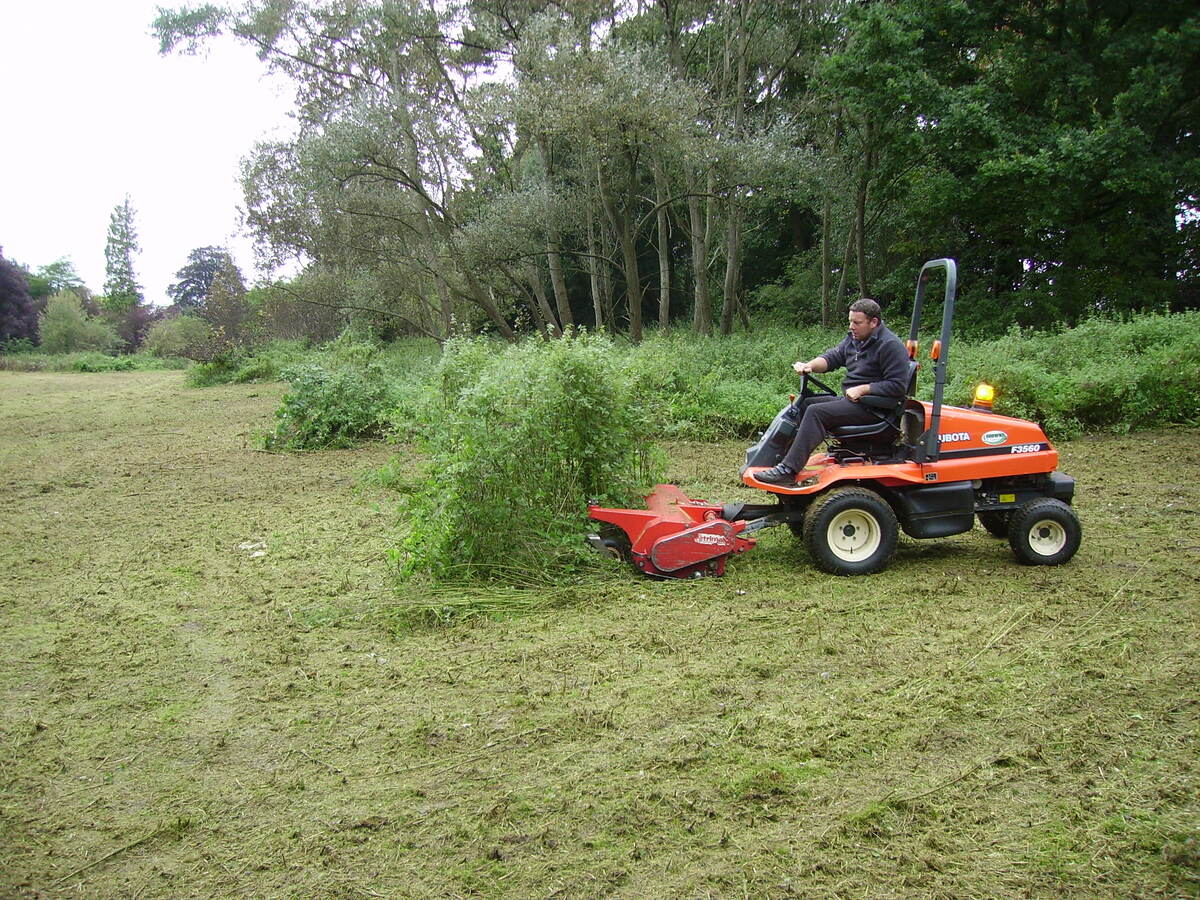
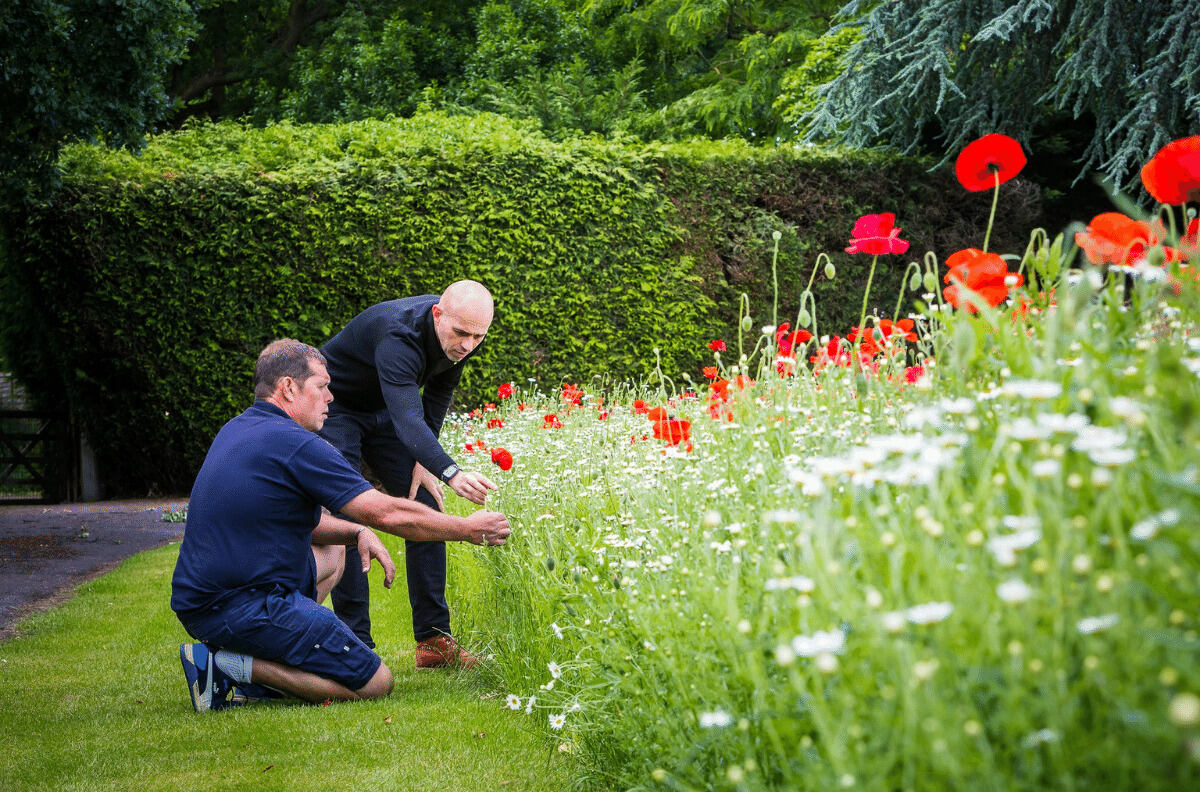
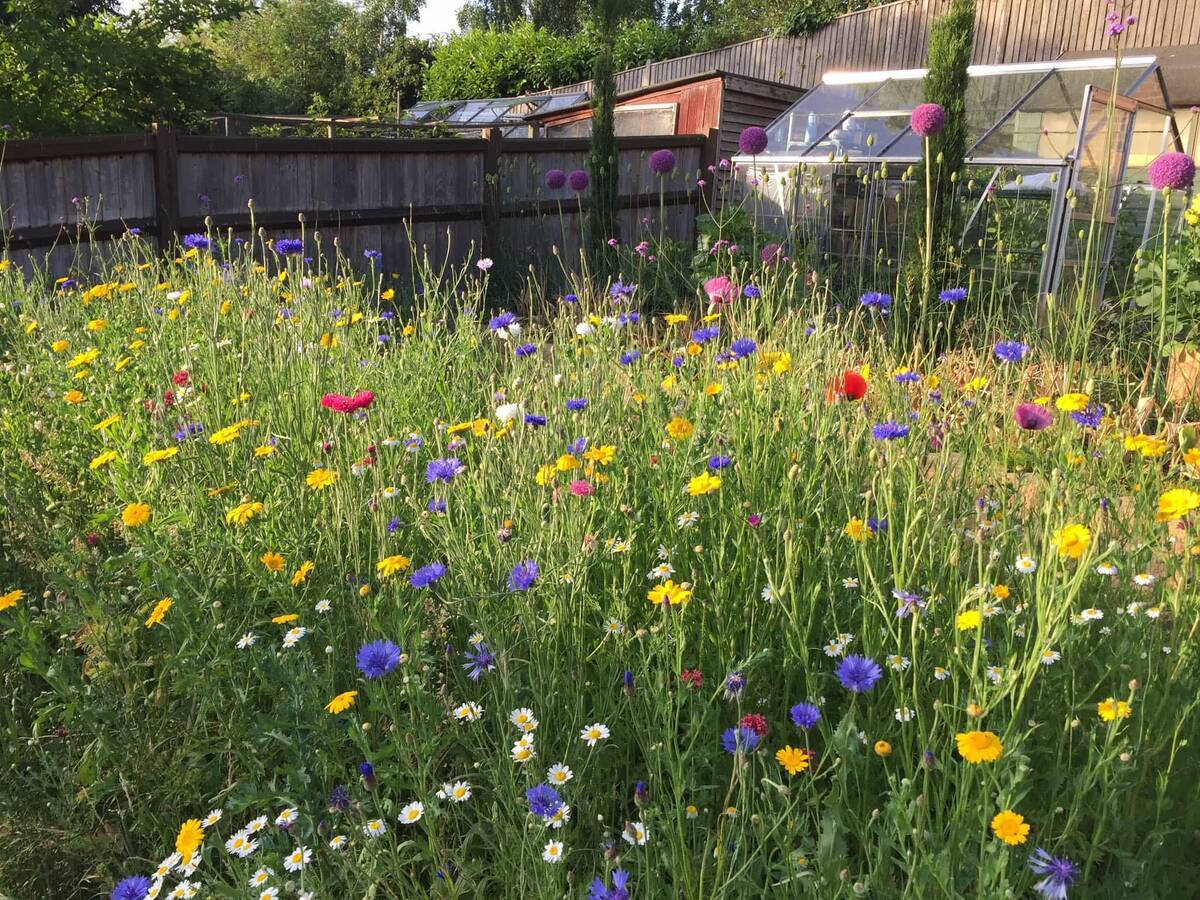
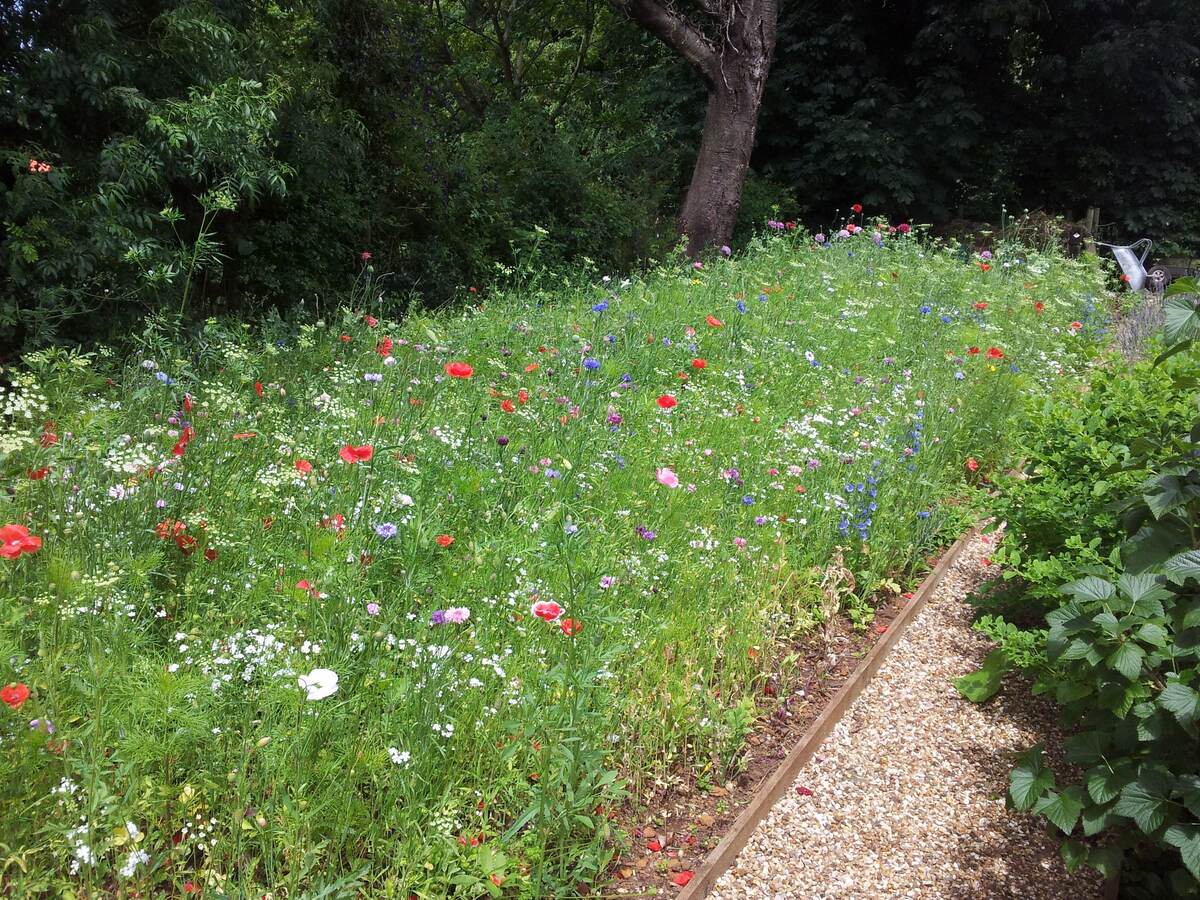
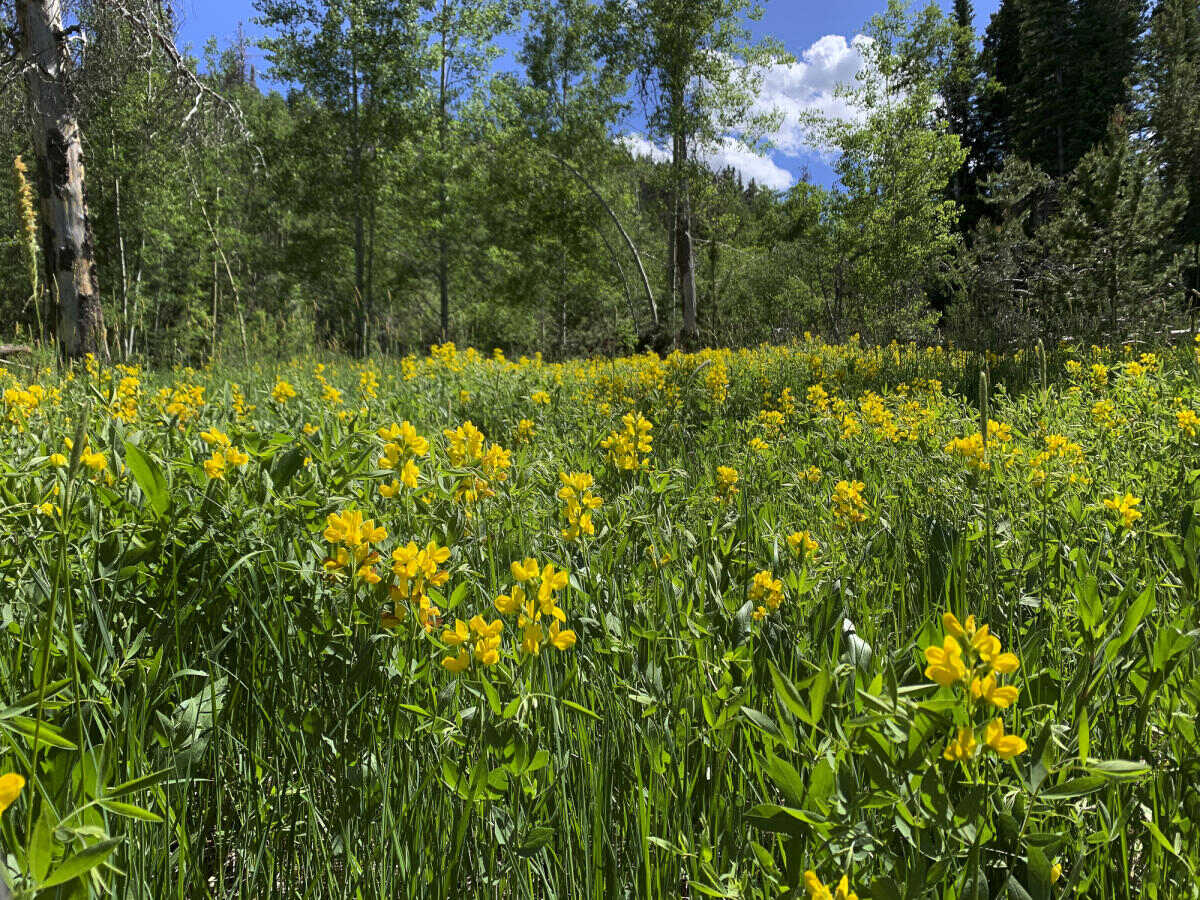
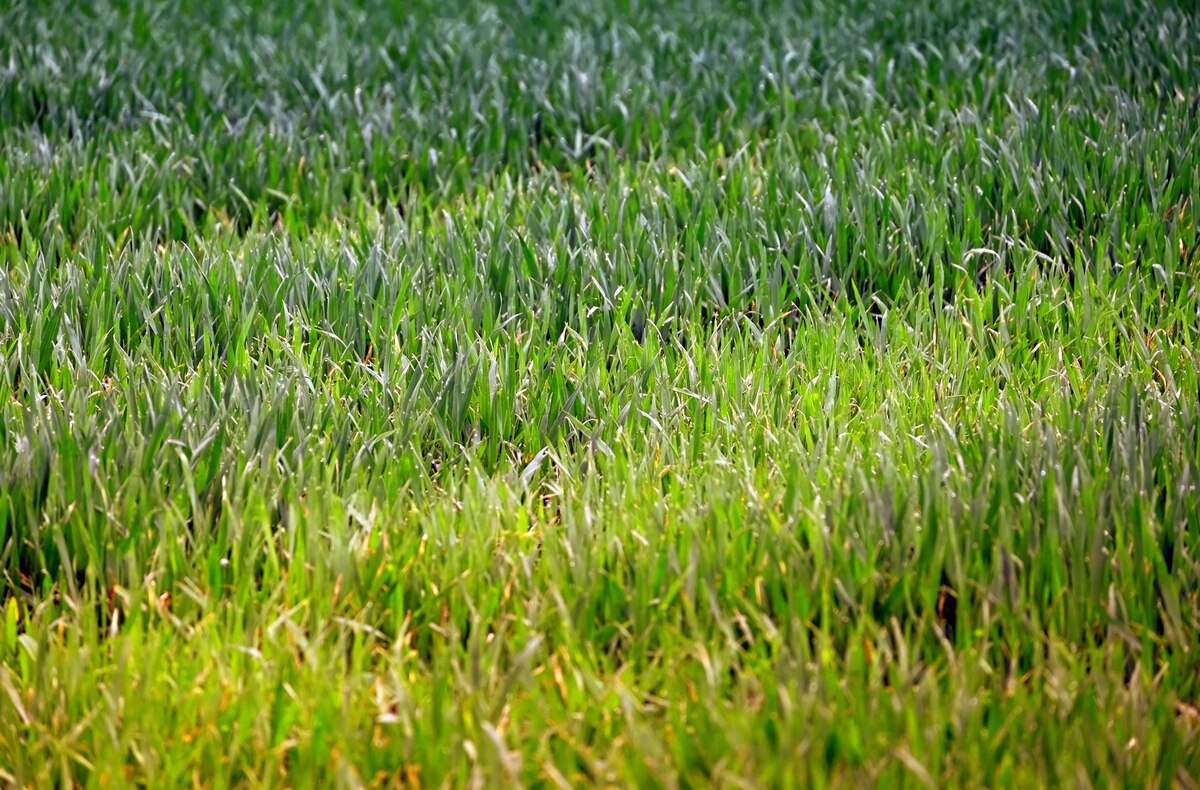
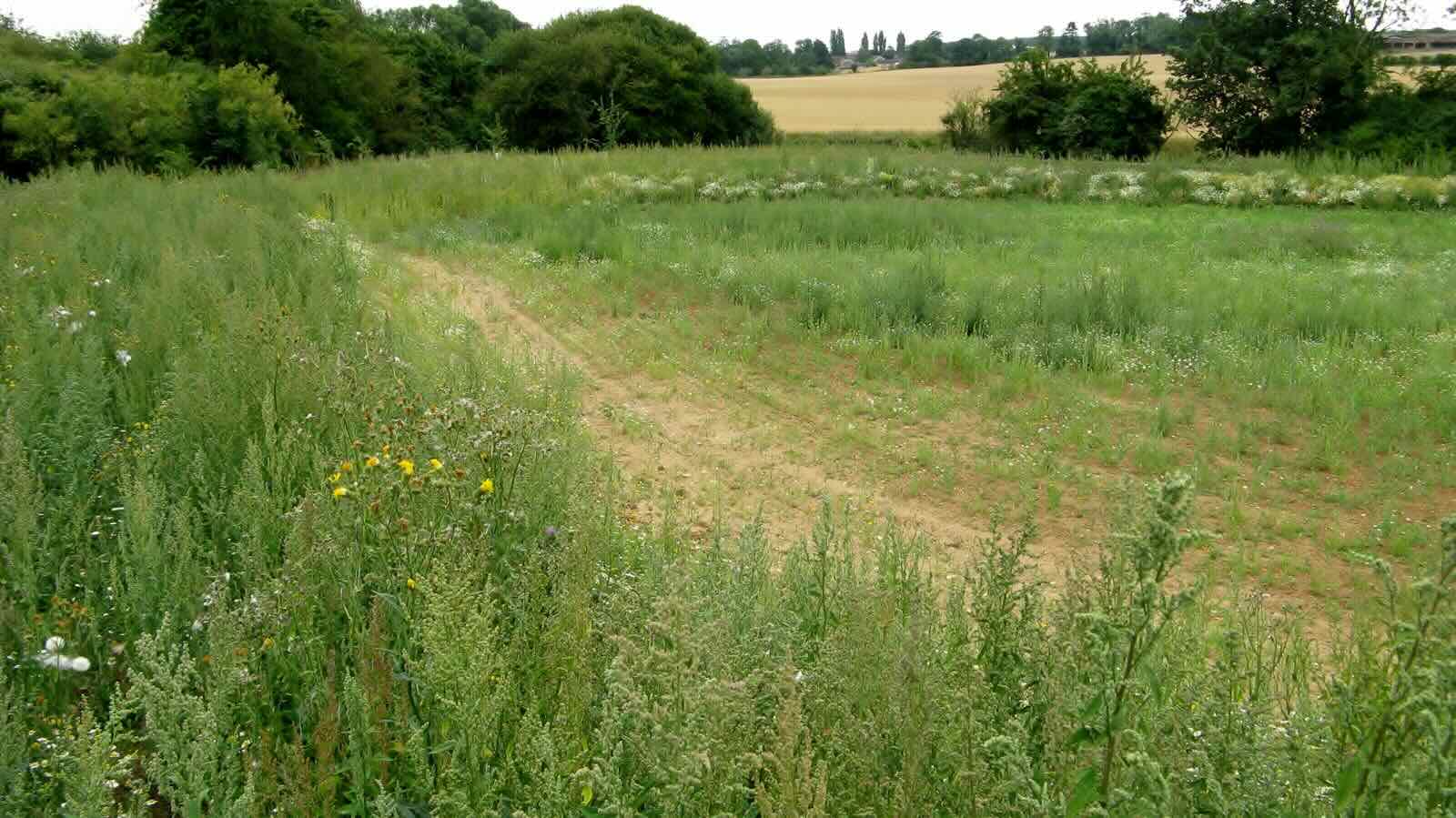
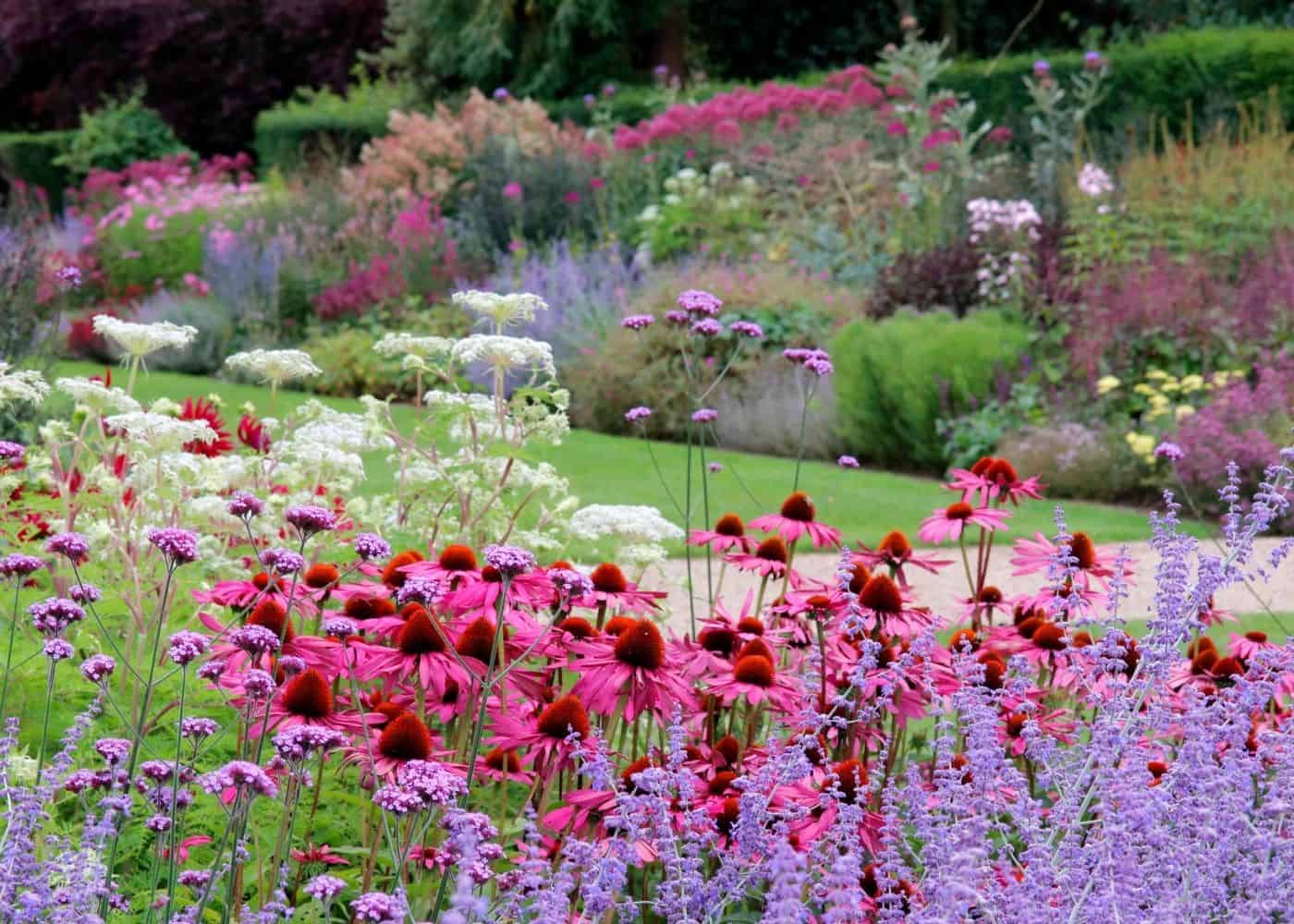
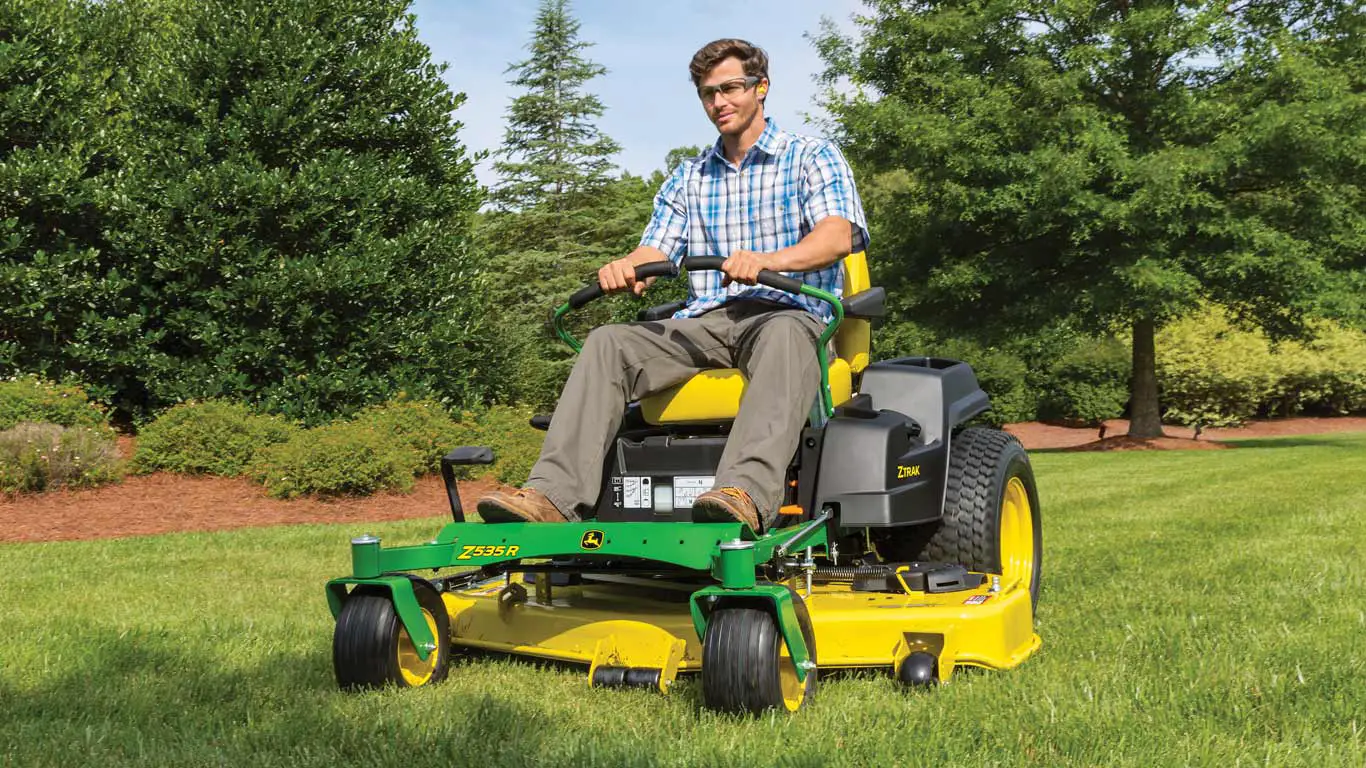
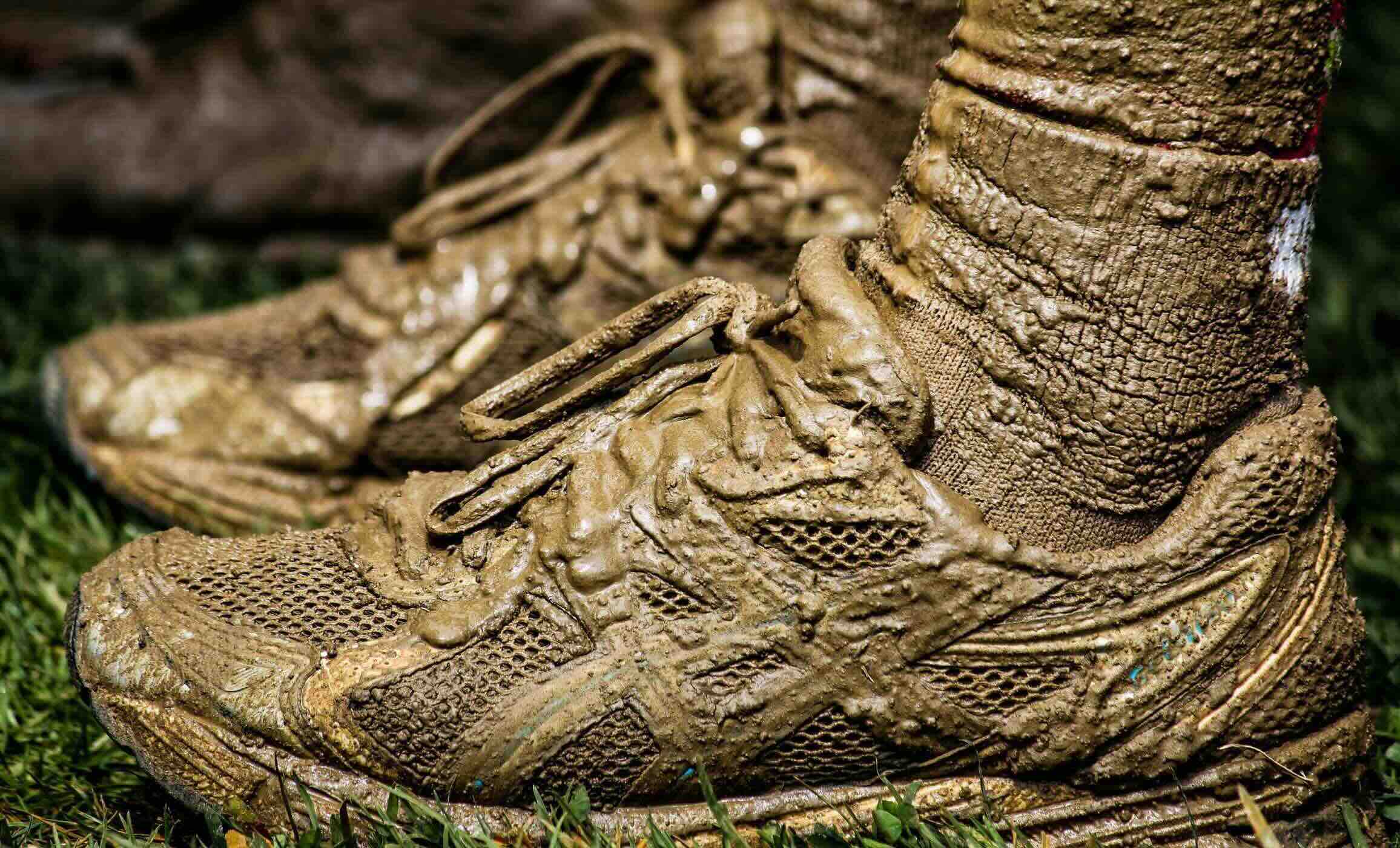
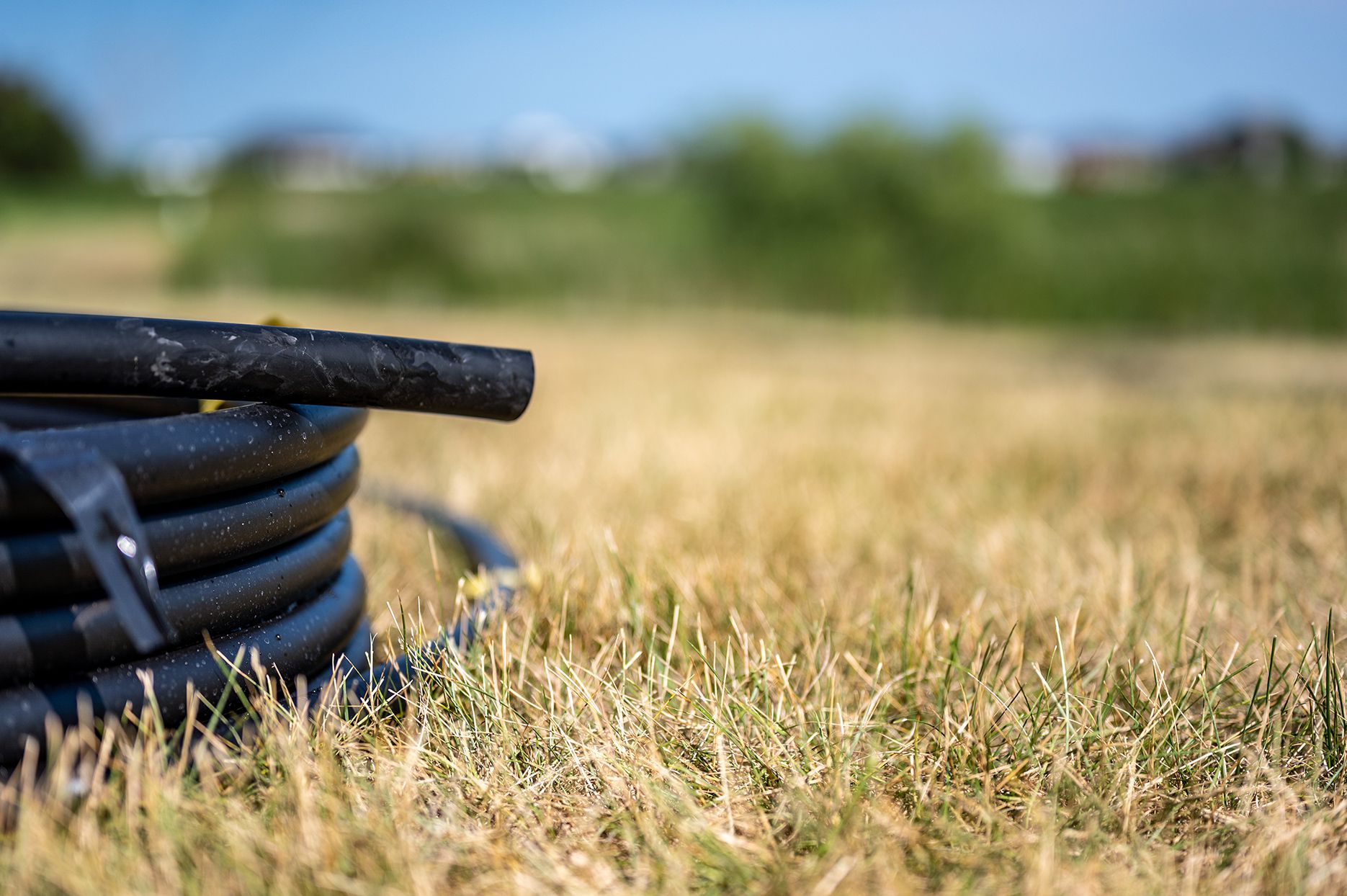
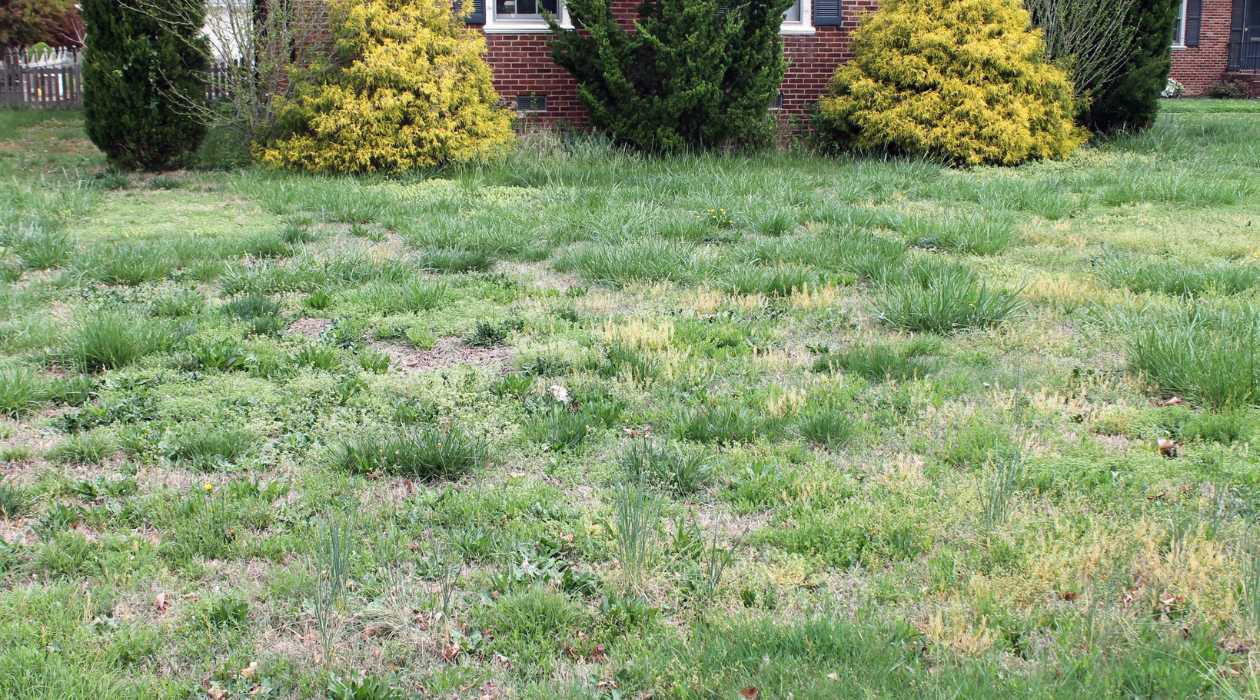
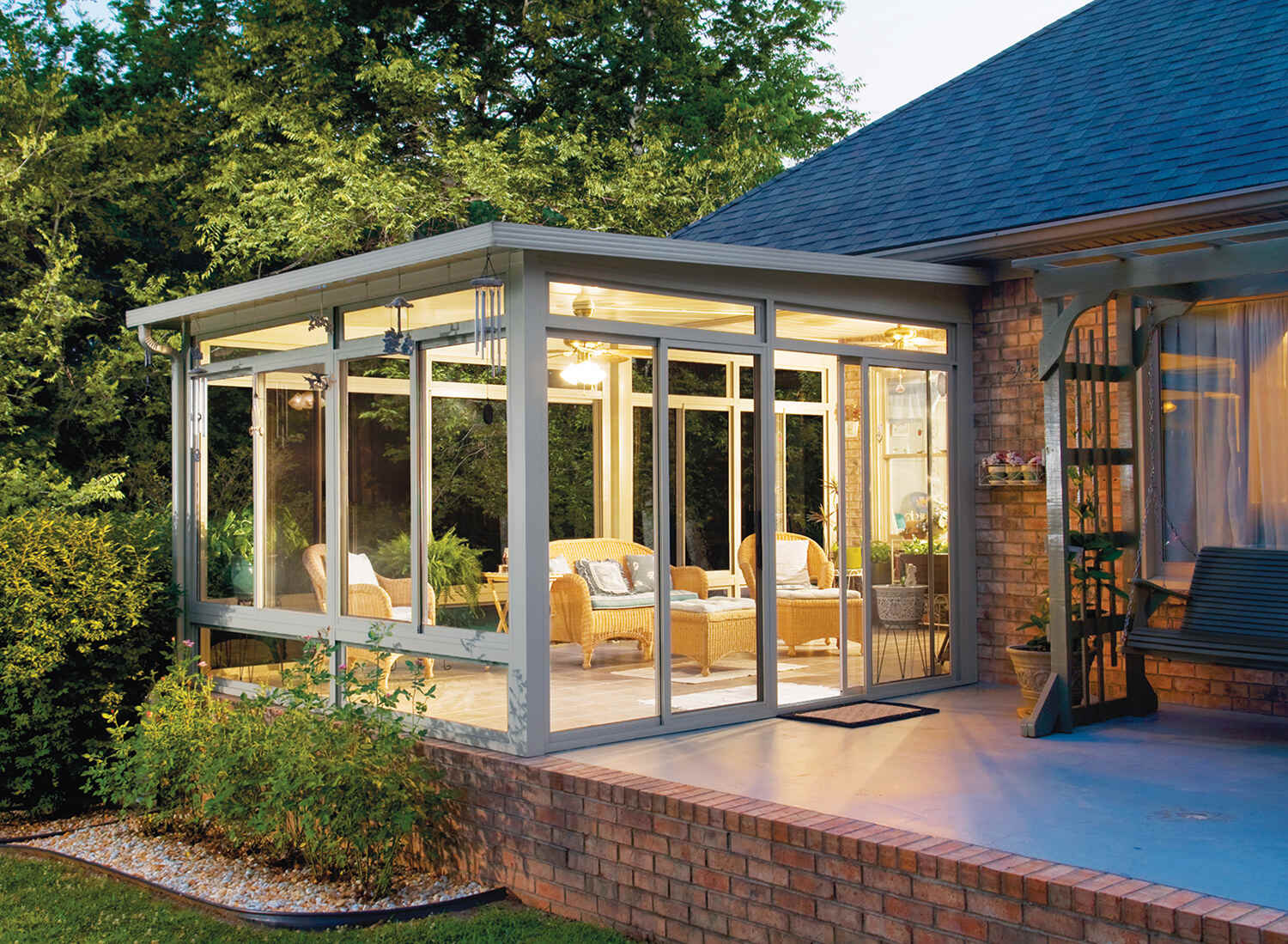
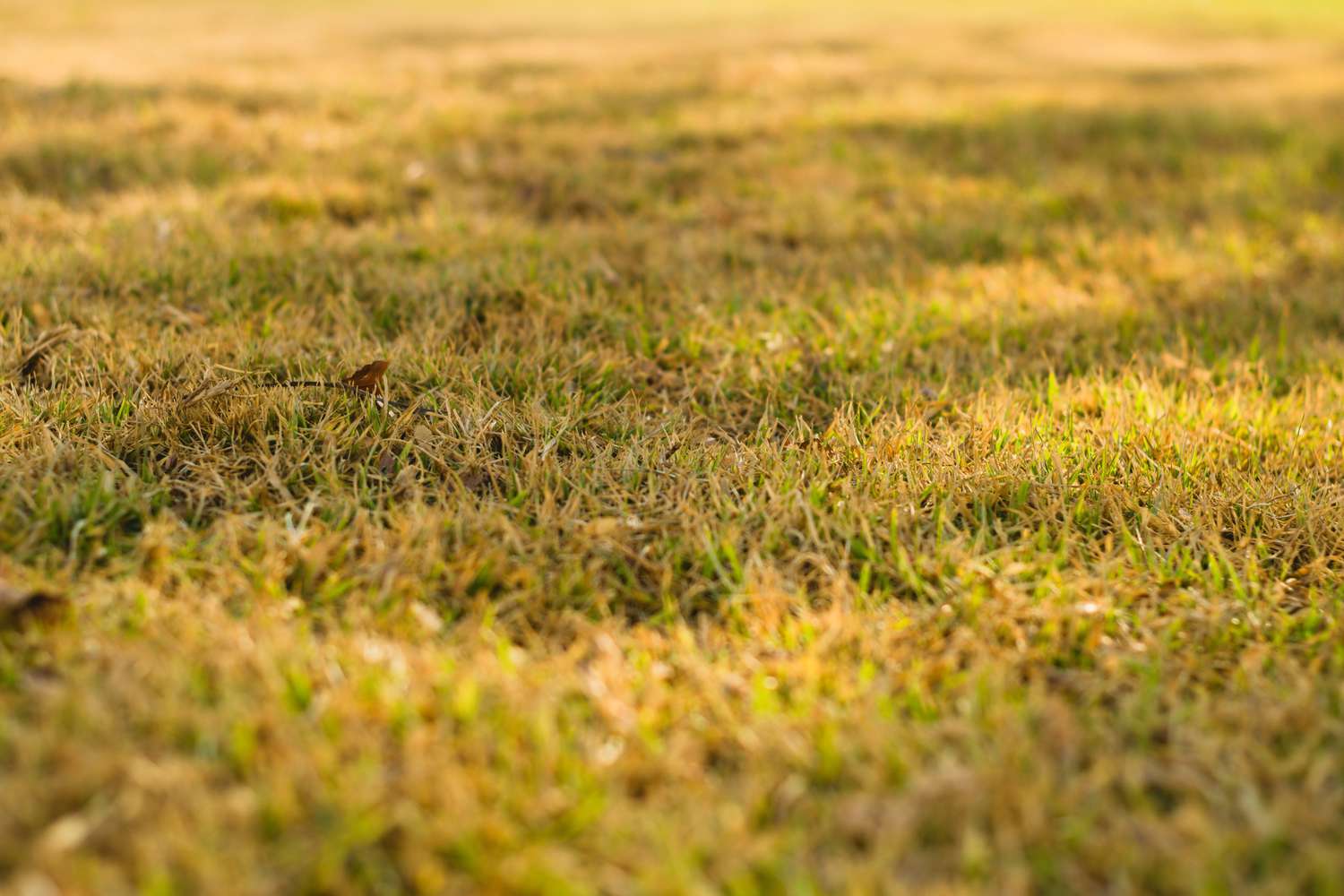

0 thoughts on “How To Turn Grass Into A Wildflower Meadow”